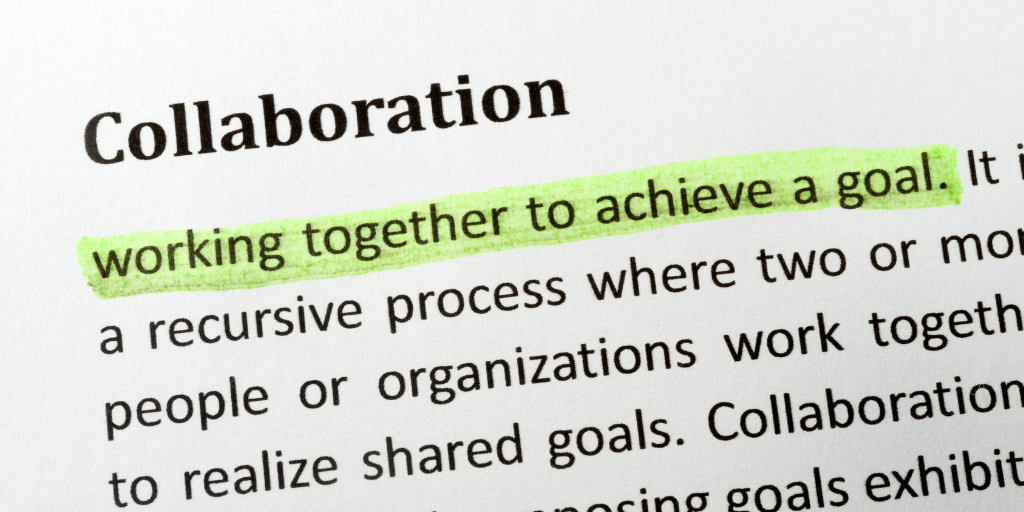As you may have read before, our mission at corporate2community is to enable every business to identify what role they can play to actively contribute towards a disaster resilient Australia. We also believe that it can’t just be a one way street for businesses – the government sector needs to come to the party too. In order to become a truly resilient Australia in the before, during and after stage of disasters, there needs to be collaboration between all sectors – across business, government and communities.
Since the beginning of corporate2community, I have been waiting for a key stakeholder to join in my push for connection and collaboration with the private sector and community organisations to become an important part of emergency management from a government perspective.
We were delighted to read a new report by the Victorian Inspector General for Emergency Management called ‘Review of Connecting and Collaborating with the private sector and community organisations which was published in Victoria last month.
In a nutshell, the report examines why it’s time for government stakeholders, including emergency services, to move out of their traditional silos and start thinking differently and doing differently when it comes to building disaster resilience.
As we enter a new era of disasters, this type of thinking is exactly what our communities need. Now more than ever we need government to understand and embrace the value of collaborative outcomes. The government sector must work together within and across other sectors to improve outcomes for all Australian communities.
So, why collaborate?
Firstly, connecting and collaborating with the private sector will enable more effective emergency management. It gives the entire sector the opportunity to achieve things that may not have been achievable through a siloed approach. Organisations can combine strengths, coordinate activities, better meet the needs of stakeholders or even create new products and services.
Secondly, by collaborating, organisations can benefit from the specialist expertise and resources or others, gain new perspectives and ideas and heighten overall organisational competencies.
So, what’s next?
It’s time that collaboration plays an increasing role in emergency management governmance, resilience building, capability and capacity development as well as effective response and recovery performance.
However, in order for this to happen, the sector must first strengthen its capability to be able to establish, develop and work effectively with these other sectors.
The good news is that the realization of the importance of effective collaboration has led to some of the emergency management sectors to undergo internal changes to better manage this cross-sector approach.
Currently, relationships within and across sectors operate within State emergency management plans and arrangements. These plans are used during and after emergencies to support operations and ensure all contributors are working cooperatively towards common goals.
Perhaps this approach should be replicated with new stakeholder groups who may not traditionally be considered part of the sector, but given our changing landscape and era of disasters, need to be.
Overall, the government sector needs to develop a greater understanding of what is actually required for working with the private sector and community organisations. This can only be achieved by government stakeholders retraining their opinion and oppeness to work across other sectors.
What are you doing to drive greater collaboration between sectors? If you’re in the private or government sector and you don’t know where to start, connect with us and let’s get the ball rolling!
Renae Hanvin is pioneering business community contribution towards a more resilient future – providing strategic solutions to governments, businesses and communities that embrace ‘shared responsibility’, ‘shared understanding’ and ‘shared value’ outcomes.
To become a leader in building a resilient future – visit www.corporate2community.com


Recent Comments